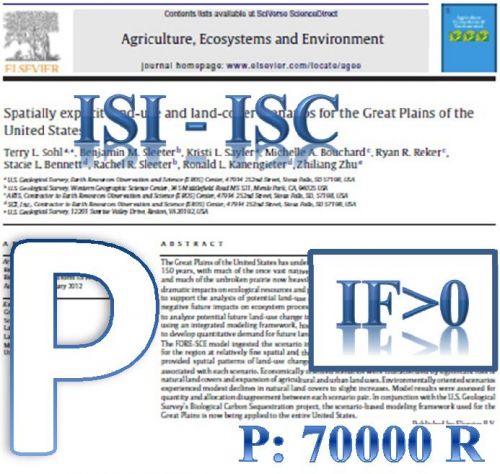Numerous problematic disorders such as vitamin D (Vit‑D) defciency subsequent to large iron loading can be developed in patients with β‑thalassemia. The study aimed to estimate Vit‑D insufciency and its risk factors in patients with β‑thalassemia. In this multicenter and observational study, all β‑thalassemia patients, who referred to 14 hospital‑based thalassemia divisions or clinics in Mazandaran province, Iran were included in the study. The data belong to December 2015 until December 2019. The study population was made of transfusion dependent thalassemia (TDT) and non‑transfusion‑dependent thalassemia (NTDT) patients. Serum levels of 25‑OHD3 have been measured by high performance liquid chromatography (HPLC) method as ng/mL. Demographic and clinical information along with some biological tests, as well as the results of T2*‑weighted magnetic resonance imaging were analyzed. Of 1959 registered patients, 487 (24.9%) patients had Vit‑D‑related data. The prevalence of Vit‑D insufciency (< 30 ng/mL) was 41.9, 95% CI 37.5–46.3. The adjusted risks of moderate to severe liver siderosis and raised AST (aspartate aminotransferase) for Vit‑D insufciency (< 30 ng/mL) were 2.31, 95% CI 1.38–3.89 and 2.62, 95% CI 1.43–4.79, respectively. The receiver operating characteristic (ROC) curve analysis showed that the predictive accuracy of ferritin for Vit‑D insufciency status was 0.61, 95% CI 0.54–0.68 with a cutof point of 1,078 ng/mL (P = 0.03, sensitivity 67%, specifcity 49%, positive predictive value [PPV] 47% and negative predictive value [NPV] 68%). In spite of the national programs for treating Vit‑D defciency and our previous eforts for giving supplements to all patients, Vit‑D insufciency/defciency is still common in our patients. Also, moderate to severe liver siderosis and raised AST were the independent risk factors for the Vit‑D insufciency.
کلید واژگان :moderate to severe, liver siderosis, β‑thalassemia
ارزش ریالی : 1200000 ریال
با پرداخت الکترونیک
